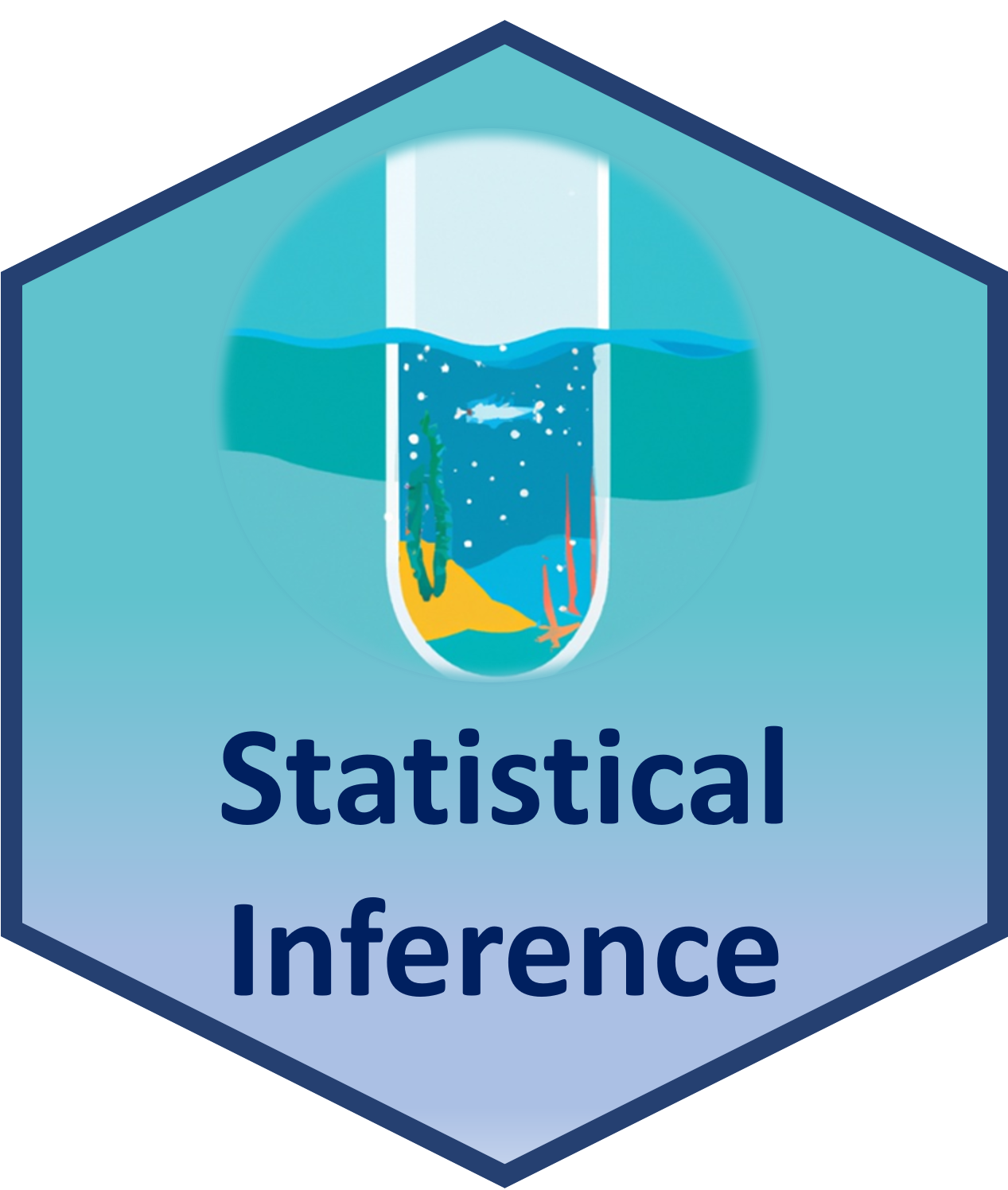7 Module 7: Hypothesis testing based on distributional assumptions
Learning objectives
Describe the t-distribution family and its relationship with the normal distribution. (Move to module 5)
Use results from the assumption of normality or the Central Limit Theorem to perform estimation and hypothesis testing.
Compare and contrast the parts of estimation and hypothesis testing that differ between simulation- and resampling-based approaches with the assumption of normality or the Central Limit Theorem-based approaches.
Write a computer script to perform hypothesis testing based on results from the assumption of normality or the Central Limit Theorem.
Discuss the potential limitations of these methods.
7.1 Proposed structure of this chapter
7.1.1 Introduction
- recall diff between simulation vs traditional methods
- recall general steps of hypothesis testing - same steps as before. Highlight where differences are
- Z score to motivate test statistic?
7.1.2 Hypothesis test for one proportion
- Note: order of these tests presented should follow Ch 5, steps of hypothesis test should be same as ch 6
- recall sampling dist for one proportion
- assumptions
- Null distribution under assumption
- Find test statistic
- Find P-value
7.1.3 Hypothesis test for one mean
7.1.4 Hypothesis test for two proportions
7.1.5 Hypothesis test for two means
- independent vs dependent
